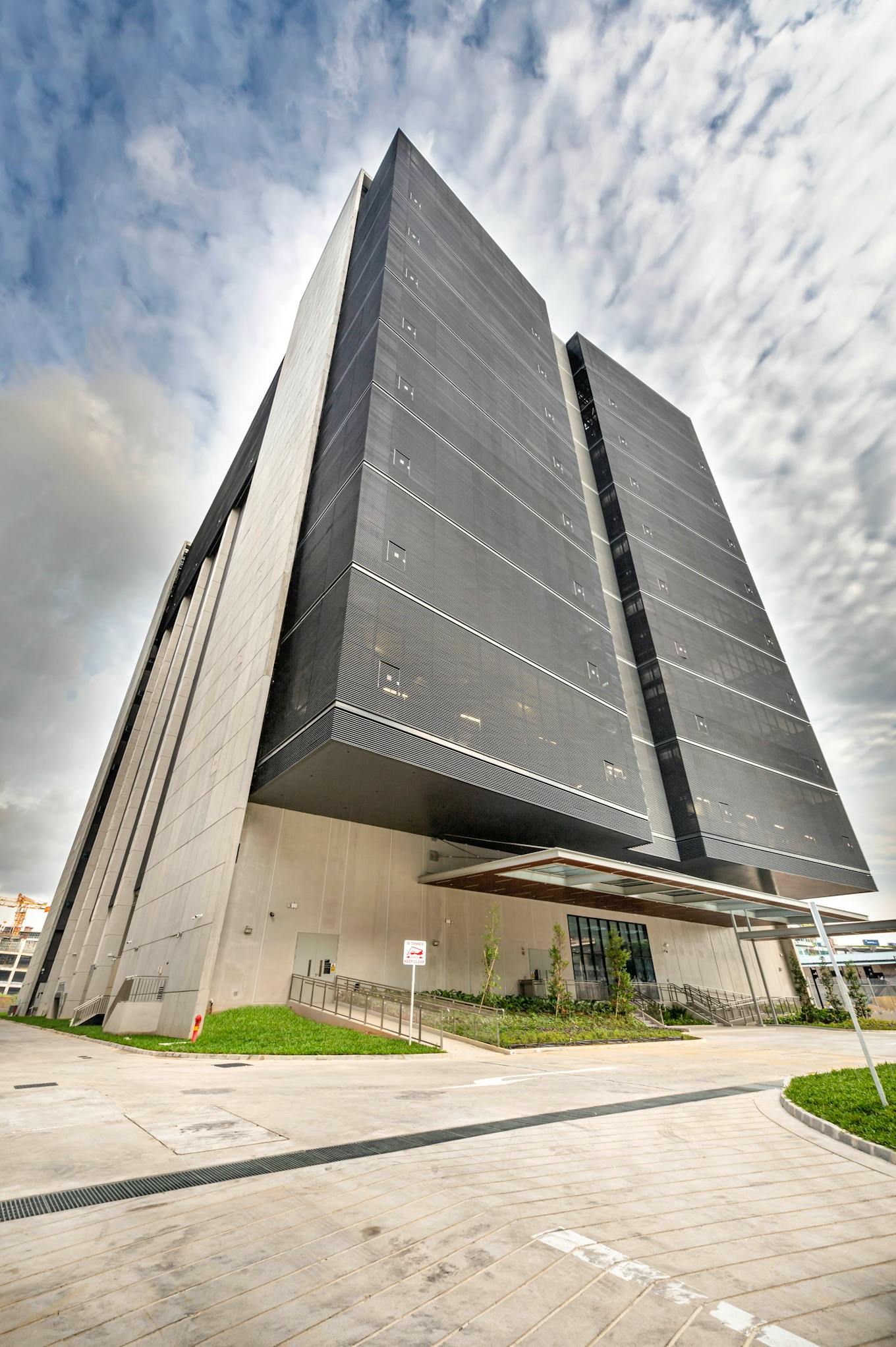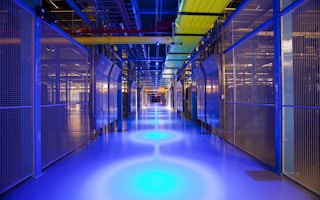Technology is reshaping life and business as individuals, organisations, cities and governments transition to an increasingly digital economy where the predominant expectation is to achieve net zero emissions by 2050. As of 2 November, 2021, over 90 per cent of the world’s emissions are covered by a net zero target representing commitments from 140 countries.
While digital infrastructure services, such as colocation data centres, underpin a growing digital economy, currently the industry is under pressure from multiple stakeholders, including customers, suppliers, employees and government, to chart a sustainable future. As articulated by Yee May Leong, managing director, South Asia at the world’s digital infrastructure company Equinix, sustainability “is such a focus area right now and is fast becoming increasingly material to all our customers and key stakeholders”.
Governments are increasing regulations on new data centres and restricting future development to manage unbridled growth. In Singapore, a review of the data centre industry completed in January this year resulted in the strategy to seek data centres that “are best in class in terms of resource efficiency” and put in place measures to “raise the efficiency of DCs over time”. The Singapore Green Plan 2030, which sets a mission for the city-state to achieve its long-term net-zero emissions goal “as soon as viable” is another example of government pressure. There are also higher expectations from other stakeholders of improved environmental, social and governance (ESG) risk management.
One strategy employed by companies undergoing digital transformation is to move their data and services from the premises to a colocation data centre. Colocation data centres, where customers house or rent IT infrastructure in purpose-built facilities, allow organisations to harness the efficiencies gained by organising IT infrastructure in one place. Such data centres are engineered to meet sustainable design criteria, reduced power consumption and optimised cooling.

SG5, Equinix’s data centre in the West of Singapore, connects customers to a broad range of network services. Source: Equinix
The first advantage that retail colocation data centres have over on-premises data centres is the close proximity of different aspects of a company’s digital ecosystem. For example, companies are given the optionality to connect to multiple cloud services to build their digital infrastructure under the same roof. As such, managing network traffic takes a lower carbon toll as the data doesn’t have to “travel” as far.
The second benefit of colocation data centres is that customers can quickly adopt new technologies offered by these data centres (if they are on an “as-a-service” model) without being tied to legacy systems on their premises, which may not be as energy efficient. In this way, organisations do not have to retrofit appliances or upgrade facilities to achieve lower emissions and sustainability goals.
New environmentally friendly solutions found in colocation data centres include innovations around waste heat and water recycling, cold/hot aisle containment and adaptive control systems which may not be available to on-premises solutions.
Moreover, companies can also get a better report of the efficiency and sustainability of their digital operations with modern colocation data centres. Many data centres offer transparency about carbon reduction plans and reduced energy consumption that will benefit all parties in the value chain. Equinix is the only retail colocation data centre to provide a Green Power Report, which helps customers track progress against their own sustainability goals. The report includes information like the company’s total renewable energy usage and its location-based scope 2 greenhouse gas emissions.

Equinix Cooling Array at the SG5 data centre in Singapore: Equinix has invested aggressively to design efficient data centres that reduce carbon and water footprint (water is used for evaporative cooling), and has made steady progress towards using 100 per cent renewable energy across its company portfolio. Source: Equinix
Colocation data centres do not only take centre stage in the digital economy transformation, they enable it and are changed by it. Being at the nexus of digital demand and energy demand drives the research and innovation needed to support this transformation in a decarbonising world. As Equinix’s Leong puts it, “Equinix is committed to continue creating innovations that will enrich our work, life and planet.”
Colocation centres offer enhanced services through environmentally sustainable design, as well as introduce efficiencies by bringing the customer closer to the network of carriers and cloud providers in an interconnected ecosystem, where power usage efficiency (PUE) is continuously improving. These advances provide opportunities to companies looking to move from on-premises solutions and improve their carbon footprint and ESG profile. Such advancements will also help organisations on their sustainability journey.













